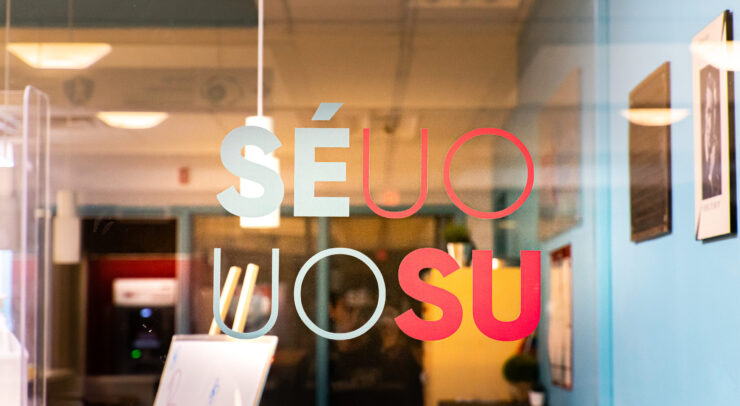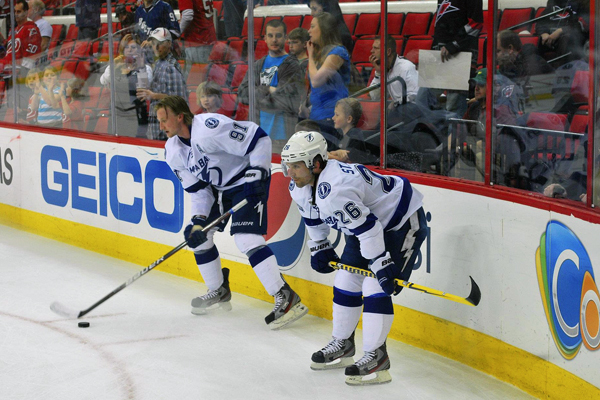MTV growing up or getting old?
OTTAWA—A NEW BOOK has been released examining MTV’s glory days in the 1980s. The book, I Want My MTV: The Uncensored Story of the Music Revolution, delves into MTV’s early history and its cultural impact.
According to the book, MTV’s earlier years served as a cultural phenom- enon; it connected a generation of people. Kids were exposed to new music, videos, and bands after school. The next day, they would go to school and discuss the previous night’s programming.
“It was a shared and unifying experience, the last semblance of a mono- culture,” says Rob Tannenbaum, the former music editor of Blender maga- zine and co-author of the book.
Some may think MTV has strayed from what it used to be, betraying itself with programming such as Jersey Shore. Craig Marks, co-author of the book says, “MTV’s mandate was always to make money and do whatever it takes to please their audience.”
No matter how disappointed some may be with MTV, Tannenbaum notes, “Music videos would not have happened the way we know them now. The video industry didn’t exist when MTV began.”
—Leia Atkinson
New movie to start filming in Ottawa
OTTAWA—FILM STARS MICHAEL Keaton and Michelle Monaghan are coming to Canada’s capital to shoot an upcoming movie.
Penthouse North is about an introverted photojournalist (portrayed by Monaghan) who crosses paths with a sadistic criminal (Keaton). The cat- and-mouse thriller takes place in Afghanistan and New York City.
The film will have closer ties to Canada as it is co-produced by Ottawa film company Zed Filmworks. Having produced other movies such as Sac- rifice, starring Cuba Gooding Jr., and House at the End of the Street, the film company did let it slip that scenes from both the film’s international locations would be filmed in Ottawa.
“There are some creative ways to do that, but I don’t want to let the cat out of the bag,” says Rob Menzies, a producer at Zed Filmworks.
Filming is set to start in the next few weeks.
—Leia Atkinson
Could we cast an Iron Man?
VICTORIA (CUP)—IN HIS NEW book, University of Victoria neuroscience and kinesiology professor E. Paul Zehr discusses how it might be possible to create a real-life superhero.
Inventing Iron Man: The Possibility of a Human Machine, which came out this past October, examines what the layers of an Iron Man suit might look like and how they could be constructed for real-life purposes such as physi- cal rehabilitation after a stroke or spinal cord injury.
“I tried to use a pop culture icon as a medium to explore science,” says Zehr. “Because we live in an age of technology, what can we do to amplify biology with technology? That’s sort of the theme with Inventing Iron Man. In particular, an area of amplification is the idea of using the brain to control devices.”
Zehr notes part of the book’s purpose is to make readers realize that Iron Man’s armour is not just an article of clothing.
“A personal Iron Man suit doesn’t exist currently, but how could you con- trol it? You wouldn’t be able to use it just like wearing clothing—you would have to actually use it in a direct connection with your body,” explains Zehr.
—Jenny Boychuck, the Martlet





